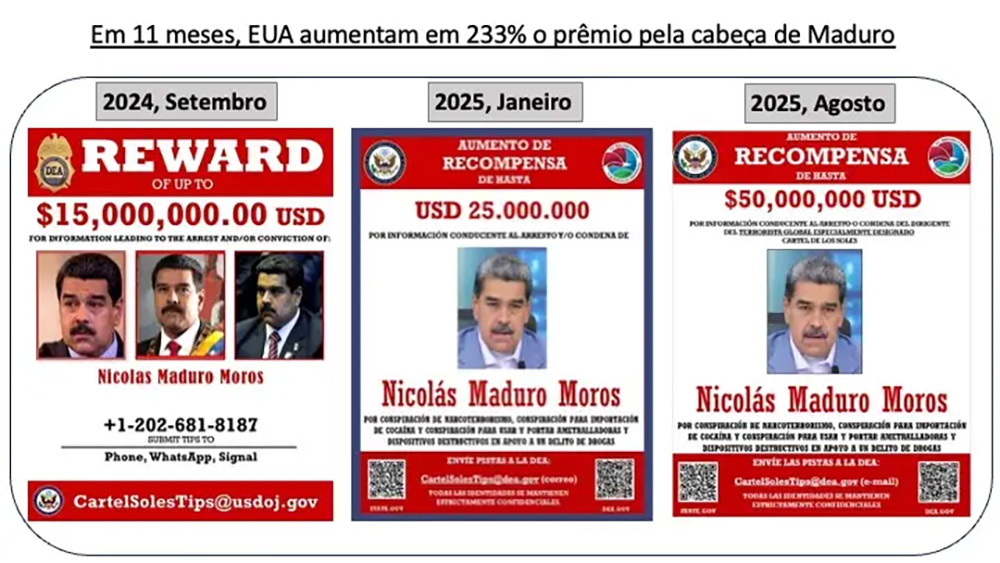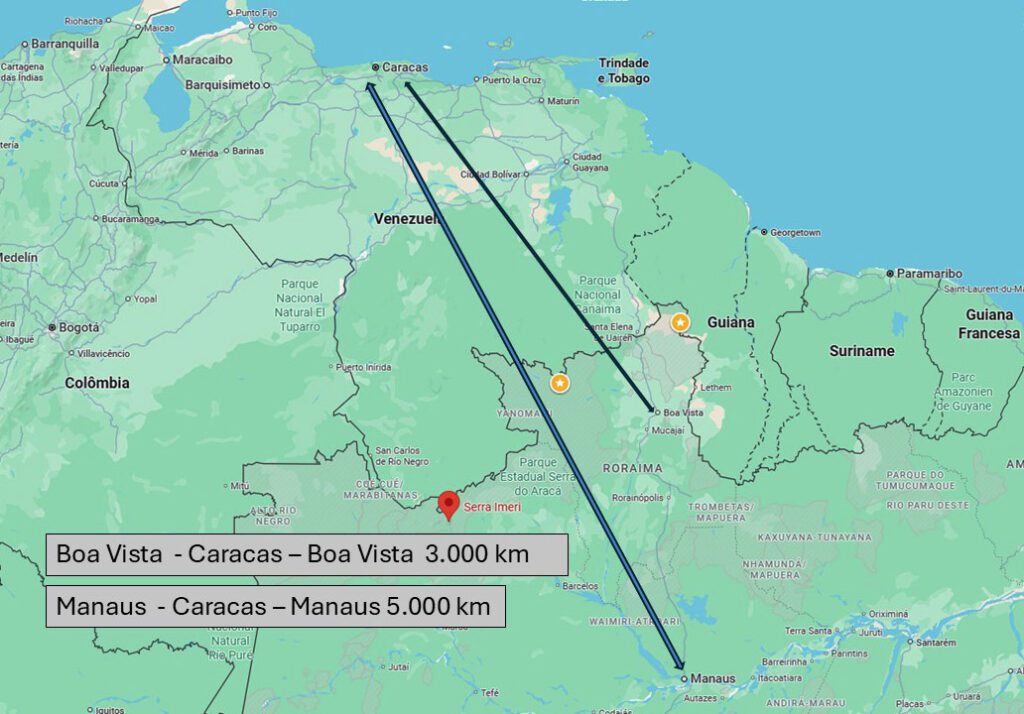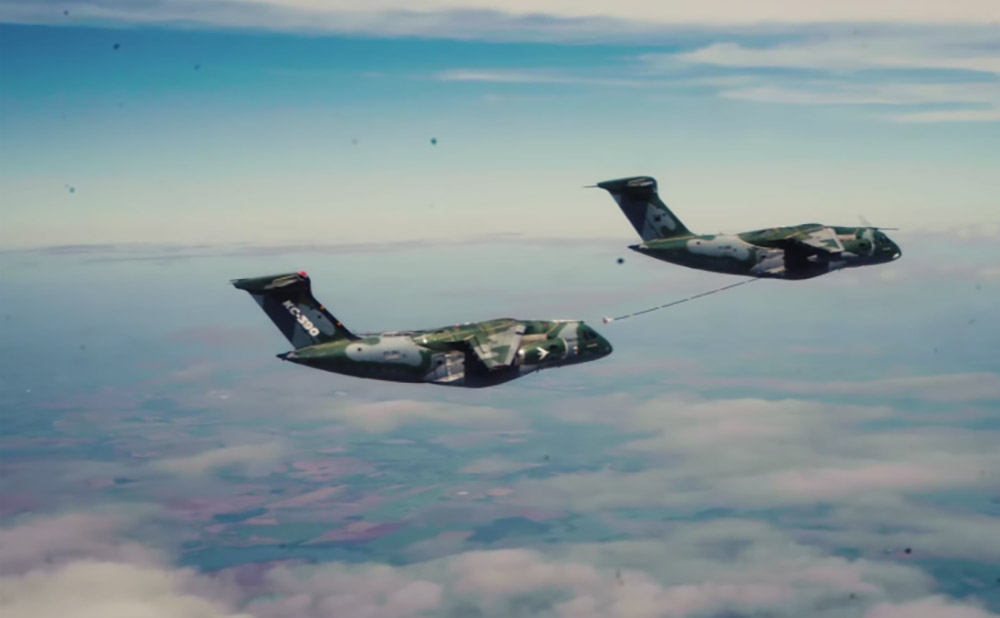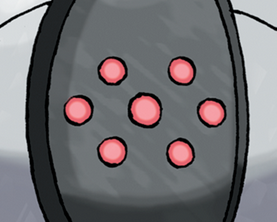The planning for the rescue of President Nicolas Maduro discussed between the Brazilian and Venezuelan governments and the alternatives studied and the reaction of the Brazilian Armed Forces to the proposed plan
Felipe Gonzales Saraiva da Rocha
Graduated in International Relations,
Specialist in Subversion, Defense and Security
Exclusive for DefesaNet
DefesaNet Note:
The information presented here is accurate to our understanding. However, this does not guarantee that Operation Imeri will be carried out in whole or in part, or even at all.
Portuguese Edition – Exclusivo – Operação Imeri – O resgate clandestino de Nicolás Maduro pelo Brasil
English Edition – Exclusive – Operation Imeri – Brazil’s clandestine rescue of Nicolás Maduro
The editor
Within the closed circles of the Brazilian Foreign Ministry, called Itamaraty , in confidential dispatches, a word began to be whispered: Operation Imeri. The name, borrowed from the mountain range that divides Brazil and Venezuela through nearly inhospitable stretches of the Amazon, symbolizes the point of contact between two distinct realities: on one side, Brazil’s still imperfect but ” thriving” democracy ; on the other, the criminal and narcoterrorist autocracy of Nicolás Maduro , whose regime is sustained by corruption, tyrannical repression, and alliances with transnational cartels.
The operation’s conception did not arise by chance, but as a direct response to Washington’s progressive crackdown on narcoterrorism in Latin America. In August 2025, President Donald Trump ordered the deployment of three guided-missile destroyers to the southern Caribbean, accompanied by a contingent of approximately 4,000 U.S. troops. Officially, the measure was announced as part of the intensification of the war on drug trafficking; in practice, it was an unequivocal message: the United States will not tolerate the so-called Cartel de los Soles , masquerading as the Venezuelan government, continuing to transform the country into a continental platform for exporting cocaine to North America and Europe.
Nicolás Maduro , already classified as a narcoterrorist in official Washington documents, was identified as the central leader of this criminal network, with robust evidence of his direct ties to the Sinaloa Cartel in Mexico and the Venezuelan paramilitary group Tren de Aragua . The reward for his capture was raised to fifty million dollars—a level reserved only for global terrorist figures, reinforcing the U.S. view that Maduro is not a head of state, but rather an international criminal to be neutralized.
In 11 months . USA rised 233% the Reward by Nicolás Maduro

The US siege provoked immediate reactions in Caracas, exposing the regime’s true fragility. In televised speeches, Nicolás Maduro mobilized more than four million militia members, incited armed civilians, and activated Russian-made air defense systems, while ordering General Domingo Hernández Lárez, commander of the Strategic Operational Command of the FANB ( Bolivarian National Armed Forces ), to develop contingency plans to face a legitimate US-led intervention.
At his side, Admiral Remigio Ceballos Ichaso, Minister of the Interior and a key figure in maintaining the dictatorship, reinforced the rhetoric of resistance against “imperialism,” attempting to mask the structural collapse of his government. Behind the martial tone, however, reality revealed itself: Venezuela is facing a profound economic collapse, a complete loss of international legitimacy, and serious internal divisions within the Armed Forces, many of which no longer see a future in supporting a regime recognized as criminal and narcoterrorist.
It is in this context that Operation Imeri emerged , conceived as a selective evacuation plan . Initial discussions took place between Foreign Minister Mauro Vieira and Venezuelan Foreign Minister Yván Gil , in seemingly informal meetings on the sidelines of the Amazon Cooperation Treaty Organization (ACTO/CELAC) summit in Bogotá, August 21-22, 2025. Officially, the two discussed border cooperation and economic integration. Unofficially, with the mediation of military advisors, the possibility of extracting Maduro and part of his leadership was reportedly raised, handing them over to Brazilian custody before they fell into the hands of the Southern Command or armed resistance groups.
Below the X post placed by Brazilian Foreign Ministry
The plan has two complementary strands. The first, of an overt nature, would mobilize twelve naval and air assets from the Brazilian Navy, including the Multipurpose Helicopter Carrier Atlântico, Niterói -class frigates , and the dock ship Bahia . This force, supported by Special Operations detachments from the Marine Special Operations Battalion (BtlOpEspFuzNav) and the Combat Divers Group ( Grupamento de Divers de Combate – GruMeC ), could establish a maritime evacuation corridor. Formally, according to the Federal Constitution, the deployment of Brazilian troops abroad in war/conflict or offensive operations requires prior authorization from the National Congress . However, the Lula administration’s political maneuver would classify the operation not as an intervention or military action, but as a combined military exercise in international waters .
Based on Article 84, Section XIII, of the Constitution—which grants the President the authority to ” exercise supreme command of the Armed Forces “—and on decrees regulating the Armed Forces’ participation in joint exercises, the Executive branch would issue a direct mobilization order, claiming it was a ” training and deterrent presence ” mission. In this way, the government would circumvent the need for legislative processing, taking advantage of a legal loophole already used on past occasions, such as in peacekeeping operations and multilateral naval exercises. (DefenseNet note – the newspaper O Globo publishes a note with news from sources at the Ministry of Foreign Affairs – US naval movement near Venezuela raises alarm in Brazil about security, trade, and humanitarian impacts )

The second speculated alternative is equally audacious: an aerial infiltration by a Brazilian Air Force KC-390 Millennium . The cargo plane would be crewed by experienced aviators from Anápolis Air Base and carry a combined Special Operations detachment , composed of military personnel from the Army Special Operations Command (COpEsp) , the Navy’s Naval Special Operations Command ( CoNavOpEsp), and the Air Force’s
PARA-SAR . These units, already deployed in the Amazon region due to Operation Atlas, would be deployed to execute a rapid infiltration mission.
The plan called for an assault landing on a previously selected runway: the KC-390 would touch down at reduced speed, without completely stopping its movement, allowing the immediate extraction of Nicolás Maduro and his closest associates. At the same time, the aircraft would perform a U-turn maneuver on the runway centerline and resume flight without wasting time, minimizing the exposure window. The destination would be Boa Vista Air Base in Roraima (the flight from Boa Vista to Caracas and back is about 3,000 km, while the round trip to Manaus is 5,000 km), where sectors of the Brazilian Foreign Ministry are planning to isolate a secure area. From there, Maduro would be taken to a protected facility, under permanent surveillance by the Brazilian state, in a maneuver that would be presented to the world as “humanitarian cooperation ,” but which, in the United States’ view,
would be nothing more than an action to save a narcoterrorist dictator and protect his power network.

The original plan calls for a Boa Vista–Caracas–Boa Vista flight, estimated at 3,000 km, or a Manaus–Caracas–Manaus flight, estimated at 5,000 km. The KC-390’s superior speed would be a surprise. Art DefesaNet
Behind the scenes, the United States diplomatic intelligence service in Brazil, in conjunction with USSOUTHCOM intelligence , has already accurately mapped the Brazilian government’s interests and plans. When the operation was first publicly discussed internally, sectors of the Brazilian Navy reacted vehemently negatively, refusing to participate or collaborate in the extraction of Nicolás Maduro, generating internal friction and revealing deep divisions within the Armed Forces . Members of the Marine Corps refused to engage with the Venezuelan regime.
The United States not only monitors every move with the utmost attention, but also positions itself to prevent any Brazilian maneuver aimed at saving the narco-terrorist dictator, ensuring that the projected power and international justice remain under US supervision and control. Washington has already made it clear that, should Brazil insist on moving forward with this operation, new economic and diplomatic sanctions will be imposed, expanding and reinforcing existing restrictions on strategic Brazilian sectors linked to defense and trade, increasing the political and financial cost of any collusion with the Venezuelan dictatorship.

Depending on the crews to be washed and the necessary equipment, In-Flight Refueling (IFR) would be necessary, such as from KC-390 to KC-390. The photo shows qualification tests for this operation carried out by EMBRAER and FAB.
This intense surveillance demonstrates that, even in the face of attempts to disguise the operation as a “military exercise ” or “ humanitarian action ,” the US capacity for reaction and pressure is fully consolidated, maintaining control over the course of the Venezuelan crisis and reaffirming the central role of the United States in maintaining hemispheric order.
Recent developments confirm the plan: increased training flights in Anápolis and Campo Grande ; discreet deployment of armored vehicles to Boa Vista; and logistical reinforcements in Pacaraima, a city near the Amazon frontline. These signals, when analyzed together, demonstrate the operational coherence of Operation Imeri . (DefesaNet Note – Many of the actions are embedded in the planned Operation ATLAS, which includes military maneuvers in the region from Manaus (AM) to Pacaraima (RR) ).
The strategic logic is unequivocal: the United States will not allow Nicolás Maduro to remain in power, recognizing him not as a legitimate head of state, but as a narcoterrorist who hijacked Venezuela. Brazil, under the guidance of the Lula administration, is merely seeking to create a smokescreen, disguising its collaboration with Caracas under the guise of regional stability and migration control in Roraima.
The so-called Operation Imeri does not represent a ” humanitarian action ,” but a deliberate attempt to prevent Maduro and his accomplices from being captured, tried in American courts, or neutralized by precision operations by the Southern Command. By raising the possibility of using the Armed Forces, the Lula strategy seeks to protect a criminal regime from international accountability. However, it is the United States’ firmness that sets the course for the hemisphere: Washington demonstrates that no clandestine effort will be able to obstruct the course of justice, and that Maduro’s fall is only a matter of time—a decisive move not only for Venezuela, but for the security of the entire region.
O post Exclusive – Operation Imeri – Brazil’s clandestine rescue of Nicolás Maduro apareceu primeiro em DefesaNet.

 (@ItamaratyGovBr)
(@ItamaratyGovBr)